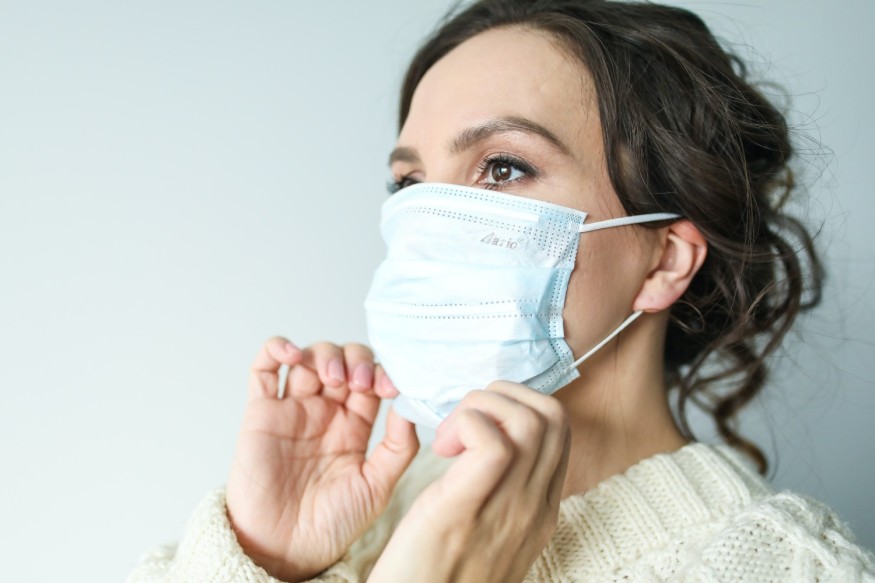New CDC Guidance Acknowledges Coronavirus Can Spread Through Air

The Centers for Disease Control and Prevention (CDC) guidance has been updated to inform the public that coronavirus can spread through the air.
As per the updated CDC guidance, coronavirus can spread "through respiratory droplets or small particles." An example of these small particles is aerosols, which can be produced "even when a person breathes."
"Airborne viruses, including COVID-19, are among the most contagious and easily spread," the CDC said.
Prior to the changes, the CDC noted that the coronavirus could be spread mainly between people in close contact, as per CNN. It restricted the spread of respiratory droplets "when an infected person coughs, sneezes or talks."
The guidance, which can be seen on CDC's website, was updated on Friday. It still says coronavirus mostly spreads between people who are in close contact with each other. But it added that the virus is also known to spread through respiratory droplets or small particles "produced when an infected person coughs, sneezes, sings, talks or breathes."
The guidance said these particles could cause infection "when inhaled into the nose, mouth, airways, and lungs." The CDC noted that respiratory particles are "thought to be the main way the virus spreads."
The updated guidelines also cited the growing evidence that the droplets can stay in the air and be breathed in by others.
It also recognized that the droplets can still travel distances higher than six feet. Some examples that the CDC listed were during choir practice, restaurants, and fitness classes.
"In general, indoor environments without good ventilation increase this risk," it read.
CDC Added Safety Measures
The CDC also added new safety measured to protect people from COVID-19.
Previously, it suggested keeping a "good social distance" of about six feet. It also suggested washing hands, routing cleaning of surfaces and covering the mouth, and nose with a mask when with others.
Now, it says people have to "stay at least six feet away from others, whenever possible." It also continues to direct others to do the other disinfecting measures.
It also now says that people have to stay at home and be isolated if they are sick. They also advised people to "use air purifiers to help reduce airborne germs in indoor spaces."
The CDC further stressed in its guidelines that masks should not replace other prevention measures.
The update also changed its views about asymptomatic transmission. From saying "some people without symptoms may be able to spread the virus," it now says, "people who are infected but do not show symptoms can spread the virus to others."
Scientists Pushed for Notice on Airborne Transmission
For months, experts have pushed health agencies to acknowledge the likelihood of COVID-19 spreading through the air.
In July, 239 scientists published a letter urging the World Health Organization (WHO) and other public health organizations to recognize this. The letter was also published in the journal Clinical Infectious Diseases.
"The current guidance from numerous international and national bodies focuses on hand washing, maintaining social distancing, and droplet precautions," they wrote in the letter.
They said that washing hands and social distancing are indeed needed but not enough to protect people from respiratory microdroplets in the air.
After the letter was published, the WHO released a report detailing the spread of COVID-19 from one person to another. It noted that coronavirus could spread through the air during certain medical procedures and in crowded indoor spaces.
Check these out!
CDC Drops Controversial Testing Guideline that Prompted Backlash
Experts Worried About New CDC Testing Guidelines, 'Change in Policy Will Kill'
Public Losing Confidence in FDA as Coronavirus Vaccine Nears
Subscribe to Latin Post!
Sign up for our free newsletter for the Latest coverage!
© 2025 Latin Post. All rights reserved. Do not reproduce without permission.













